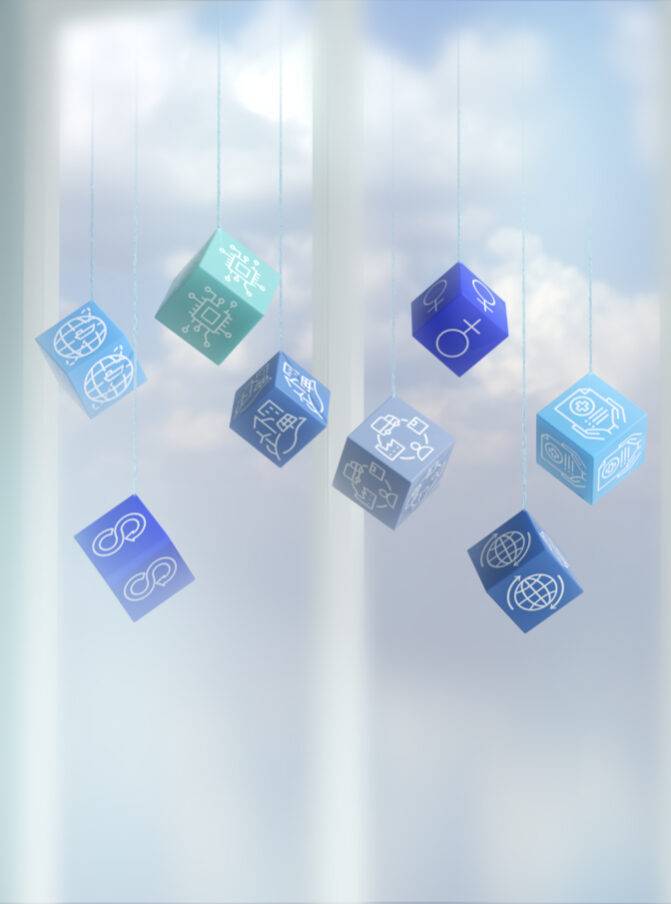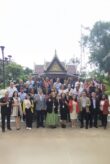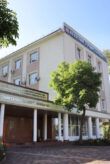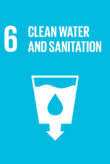Clarity and quality are luxury goods that are often taken for granted. However, a functioning quality infrastructure can turn quality into a public good.
Human ingenuity lets us innovate, create and shape the future we will all inhabit. But to make sure the entire world can work together for innovation, we need a consistent system for measurements – metrology.
The science of measurement is an invisible foundation for life. It provides definitions which we can all use. At Physikalisch-Technische Bundesanstalt (PTB), Germany’s national metrology institute, we are always looking for accuracy and precision in all measurements – from water cleanliness to the power output of photovoltaics. Much of our scientific work is based on the SI units and their dissemination in the public and private sectors. But when it comes to development cooperation, our efforts are about another fundamental element: quality.
Why an international quality infrastructure is important
Quality underpins everything from pre-packaged goods to healthy global trade systems. But proving compliance of products and services with recognised specifications requires a consistent network. This is known as the quality infrastructure. This helps protect consumers and the environment, grow the global economy, combat poverty and unemployment, and improve social performance.
Quality infrastructure is built on five key pillars:
- Standardisation
- Metrology
- Conformity assessment
- Accreditation
- Market surveillance
By complying and subscribing to a universal quality framework, organisations everywhere can promote accountability, transparency, clarity and trust in international trade and cross-sector partnerships. The same applies to countries. Once they develop a functional quality infrastructure, they can better integrate into global value chains, thereby boosting their economies.
But how can we define quality without measuring it? It’s vital that we make sure the measurements we all use are accurate and as future-proof as possible, so they are ready to accommodate future advances in science and technology.
From measurements to impact
Our work in international cooperation goes beyond measuring and defining quality. We aim to deliver tangible, real-world benefits. To that end our cooperation initiatives in developing economies must keep in mind solutions specific to regional contexts. For instance, merchants in some local markets in Sub-Saharan Africa measure volumes of rice with tin cans – which is what best fits their context.
In those cases, our mission isn’t to replace a functioning system. Rather, we try to empower them to participate in the global trade network. Not by lowering barriers to access, but by providing the tools necessary to ‘plug in’ to the internationally recognized quality infrastructure.
Collaborating for quality
Metrology and standardisation are both integral ingredients of the quality infrastructure. So, the simple fact is that this infrastructure cannot function without International Standards.
International organisations like ISO as well as national standards bodies like DIN are obvious and necessary cooperation partners for us, which is why we also support this years’ Annual Meeting in Cartagena. Standards like ISO 17025, for example, support us in the testing and calibration of instruments in metrology laboratories. Others like ISO 17020 specify requirements for the competence, impartiality and consistency of organisations performing inspections. We also support national standardisation institutes in their work on the ISO technical committee on the circular economy, ISO/TC 323.
On a higher level, PTB and ISO have been cooperating towards sustainable development for many years across the globe through common training measures, awareness creation activities and events – especially through the Capacity Building team. The recent Standards Engage! Project, for example, helped increase stakeholder engagement and enhanced the recognition of the value of standards in developing countries.
It is a luxury to have no grey areas. At PTB, our mission is to make that luxury a common good. But for this to happen, we must stay true to what is true. Together, metrology and standardisation contribute to an internationally recognized quality infrastructure, which promotes sustainable economic, social and ecological development. Weaving it into the foundations of the modern world benefits everyone, everywhere.
This article is the result of the ISO-PTB-cooperation on the occasion of this year’s annual meeting.
Cover image Copyright © PTB








